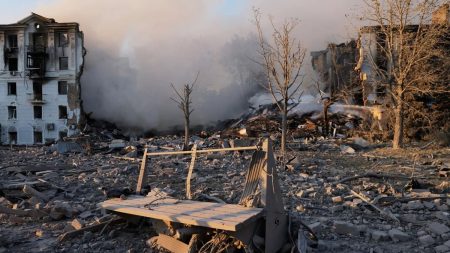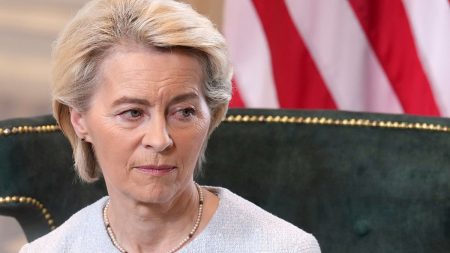Poland’s Ministry of Education has implemented mandatory “Education for Safety” lessons in schools, incorporating firearms training and basic first aid instruction for children as young as 14. This initiative stems from heightened security concerns following Russia’s invasion of Ukraine and perceived threats to Polish territory. The curriculum aims to equip students with fundamental shooting skills, threat management strategies, and tactical rescue basics. Practical training involves assembling and disassembling weapons, target practice with laser guns in school gyms, and understanding safe weapon handling procedures. This program marks a departure from the prevailing global trend of limiting children’s exposure to firearms, reflecting Poland’s unique geopolitical context and cultural acceptance of gun ownership. The mandatory nature of this training underscores the government’s prioritization of national security preparedness in the face of perceived external threats.
The Education for Safety program is integrated into the eighth grade of primary school and the first grade of secondary school (ages 14-16), occupying one hour per week. While firearms training is a prominent component, the curriculum also encompasses broader aspects of safety and preparedness. These include state security awareness, responding to extraordinary threats like mass accidents and natural disasters, basic first aid techniques, and health education. This multifaceted approach aims to equip students with a comprehensive skill set for navigating diverse emergency situations, extending beyond solely military preparedness. The inclusion of first aid and disaster response training reflects a recognition of the broader spectrum of potential threats and the importance of civilian resilience.
The implementation of firearms training varies between primary and secondary schools. In primary schools, the focus is on theoretical instruction in safe weapon handling practices. Secondary school students participate in more hands-on exercises using safe alternatives to live ammunition, such as air guns, replica firearms (airsoft guns), and laser shooting ranges. This graduated approach acknowledges the developmental stages of the students, prioritizing safety while progressively introducing practical skills. The use of simulated training tools allows students to gain familiarity with firearms operation without the risks associated with live ammunition.
The rollout of this program across Poland’s 18,000 schools is ongoing, with some schools having already incorporated firearms training as an optional component prior to its mandatory implementation in September 2022. Schools located in districts with access to the necessary equipment, such as firearms, air guns, airsoft guns, and laser shooting ranges, began implementation in 2022, while other schools are gradually adopting the program. This phased approach allows for logistical considerations and ensures that schools have the necessary resources and infrastructure in place before introducing the mandatory training. The nationwide implementation of this curriculum signifies a significant shift in Poland’s education system, prioritizing national defense preparedness from a young age.
The curriculum’s content emphasizes defense education, including survival strategies during warfare, identifying safe refuge locations, and administering first aid in situations involving conventional weapons. For primary school students, this involves local area knowledge and cybersecurity awareness in a military context, along with theoretical preparation for shooting training. Secondary school students delve into practical shooting training alongside cybersecurity awareness and warfare response strategies. This integration of defense-related topics reflects Poland’s heightened security concerns and the perceived need to instill national defense awareness and preparedness in the younger generation. The emphasis on cybersecurity acknowledges the evolving landscape of modern warfare and the importance of digital resilience.
The decision to implement mandatory firearms training is contextualized by Poland’s historical experience and geopolitical position. Located in close proximity to ongoing conflict, Poland has adopted a proactive approach to national security, prioritizing citizen preparedness as a key element of its defense strategy. While this initiative may seem unusual in comparison to other countries’ approaches to youth education, it aligns with Poland’s prevailing cultural acceptance of gun ownership and the historical emphasis on self-reliance and national defense. This program reflects a specific response to regional security concerns and is not necessarily indicative of a broader global trend towards integrating firearms training into school curricula. The Polish government’s decision underscores the complex interplay between geopolitical context, cultural values, and educational policy in shaping national security strategies.














